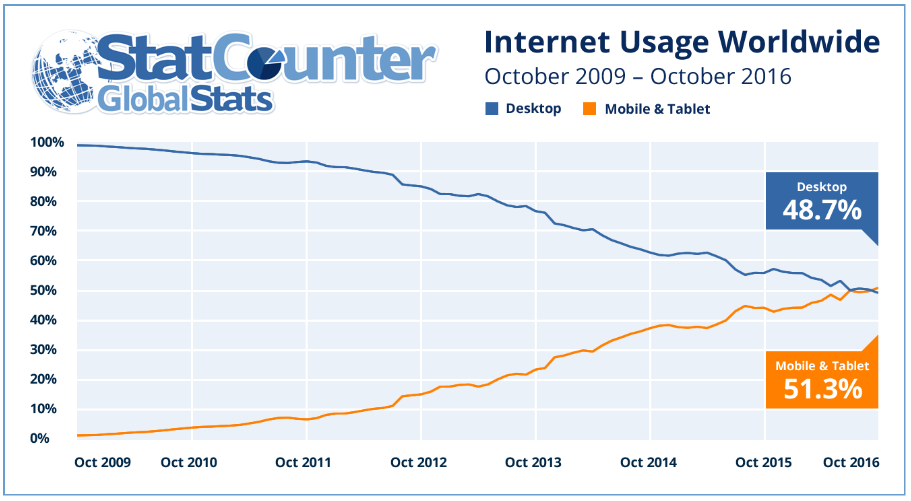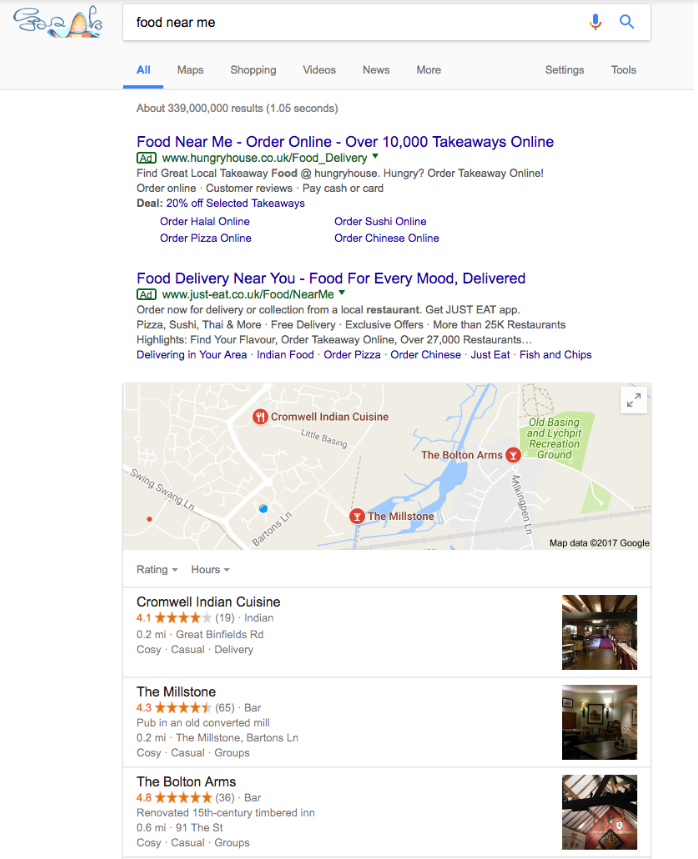Voice search queries are increasing because of the increasingly sophisticated voice recognition software available to consumers.
Voice search is a useful tool in the consumer’s search for a local business however the proximity of a business does not determine whether that business will be presented at the top of a voice search. Therefore, you should consider the use of local SEO strategy to propel your business to the top.
With increasing voice searches, primarily on smartphones, there are a range of factors you should consider relating to the traffic a voice search stimulates:
Think Language:
First, think about the language a regular consumer uses when typing a desired business into a search bar on their browser. They will generally use less colloquial, everyday language and will include key terms only, omitting conjunctions, prepositions, etc.
When consumers use voice search, however, they will generally use a properly structured, elongated sentence. “Where is the nearest fast food takeaway?” they might ask, instead of typing fast food nearby into a search engine.
Google are constantly refining the use of natural language in their voice searches, making it easier for consumers to interact with their phone as an assistive device. Thus, you should adapt your local SEO accordingly.

Think Mobility:
We are living in an age of consumer convenience, and nowhere is this more evident than when you look at the statistics surrounding smartphone usage. Whilst desktop searches are still quite high, they have recently been surpassed by people using their mobile devices as a means of gleaning online information.
Think Local:
Local searches predominate when consumers use voice search. In fact, users are up to three times more likely to search local when they are using voice search rather than a text, or typed, search. These findings could be related to the prevalence of voice search whilst driving, so commuters or travellers may wish to find the most convenient business near them whilst they are on the move.
In any case it is a notable finding and provides insight into how businesses should adapt to the changing trends in online searches.
HOW DO I ADAPT?
We’ve discussed the changing trends relating to searches and shown how voice searches make up a significant proportion of online business searches. Consequently, it makes sense to adapt your local SEO to put you ahead. Here are some things you can do as part of a marketing strategy:
Include everyday, natural language in SEO keywords:
Creating fully formed, syntactically correct sentences will help your business receive traffic. A good idea might be think of what questions a potential customer might form, then produce these on a FAQ page.
Mobilise your site:
OK, not literally, we’re not starting a war! What we mean is that you need to optimise your website so that it is mobile friendly.
We’ve all been in the situation where we’ve searched for something on our smartphone but the website hasn’t been optimised for mobile devices. The resulting experience was frustrating and ensured a quick exit from the site.

Do not let this happen to your website, especially given that the percentage of people relying on smartphones to search for businesses has increased. Make your site navigable from a mobile device.
Localise your SEO:
You want to be top of the ‘three pack,’ that page that is generated when someone searches for a local business, or a business ‘near’ them. To do this you must use SEO that localises your business.

You can attain the objective of making the ‘three pack’ by verifying your business on Google, by using precise and accurate information relating to your business, including opening times, address, telephone number, etc., and by obtaining positive online reviews.

